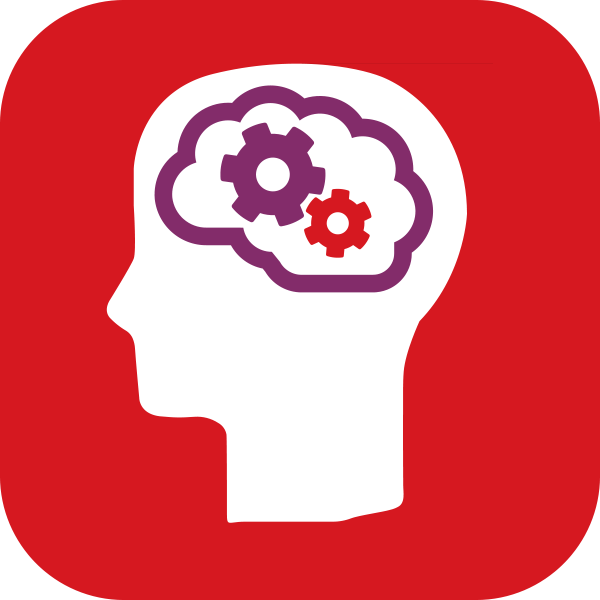I remember it like it was yesterday. The year was 1991, I was 8 years old, and it was the maths lesson where my world came tumbling down.
Until this point, I had taken everything in my stride when it came to maths. My number work was strong - I knew my tables by heart, had learnt to tell the time relatively easily and enjoyed problem-solving tasks. However, this was a foe I had yet to encounter and one which absolutely knocked me for six… 3D nets.
By the time I arrived home, I was in floods of tears. The lesson had been a disaster for me. By the time it ended, I had not even begun to get my head around how to assemble (let alone create) a relatively straightforward net for a cube or a cuboid. I remember my teacher and classmates had been surprised at how difficult I had found the tasks. Indeed, I suspect the lack of sympathy my teacher offered when I presented my ‘finished’ product suggested a belief I had not taken the task seriously, and her tone suggested she was deeply unimpressed.
Of course, these were the days before the Cognitive Abilities Test (CAT4) – an assessment of abilities in areas known to make a difference to learning – verbal, non-verbal, spatial and quantitative reasoning. After encouragement from a colleague, I recently sat CAT4, where a verbal Standard Age Score of 130, compared to a spatial SAS of 96, confirmed my extreme verbal bias profile. This made me reflect that if the 9-year-old me had sat CAT4, my teacher would have known prior to the lesson that activities which require spatial abilities were going to be a real challenge for me. She would then have been in the informed position where she knew I was likely to need support with the task.
As an adult, I still find activities involving spatial understanding or skills difficult. If you were to ask my wife (please don’t), she would confirm that when it comes to assembling flat-packs or hanging up a picture on the wall, these are certainly not activities which come, shall we say, naturally. If I am being honest, she would probably phrase this a little more bluntly. Again, going back to my school days, I remember vividly the difficulties I had performing technical 3D drawings in art or D&T lessons. I also think that, by a relatively early age, the realisation of my spatial deficiencies had hit home and that I carried a certain despondency that I was ‘never going to be any good’ at these sorts of tasks.
My defence, however, is that it is not my fault. Well, not entirely anyway. You would, of course, be correct to suggest that if I practised these types of skills I would improve, and to an extent you would be right. Indeed, through many tortuous hours over the years, I have had had one or two flat-packing successes (the trophies above the fireplace don’t lie). I even recently managed to put together bunk beds for my boys – only for the older one to decide he didn’t want to sleep at the top, so back down they came… Yes, this was as depressing as it sounds.
Thankfully education continues to evolve, and many schools we work with make fabulous use of their CAT4 data to really get to know their students and support them in the areas of learning they find challenging. In the crucial transition stage of Year 7, for secondary schools to have detailed knowledge of their new students’ profiles from the very beginning is an incredible thing, and one which it is important schools make the very most of. GL Education also offers detailed guidance about how to support students with their learning bias through their ‘CAT4 Strategies for Learning’ document, which can be downloaded here.
Schools have never been in a better position to be able to support their students and identify where their strengths and areas for development exist.


